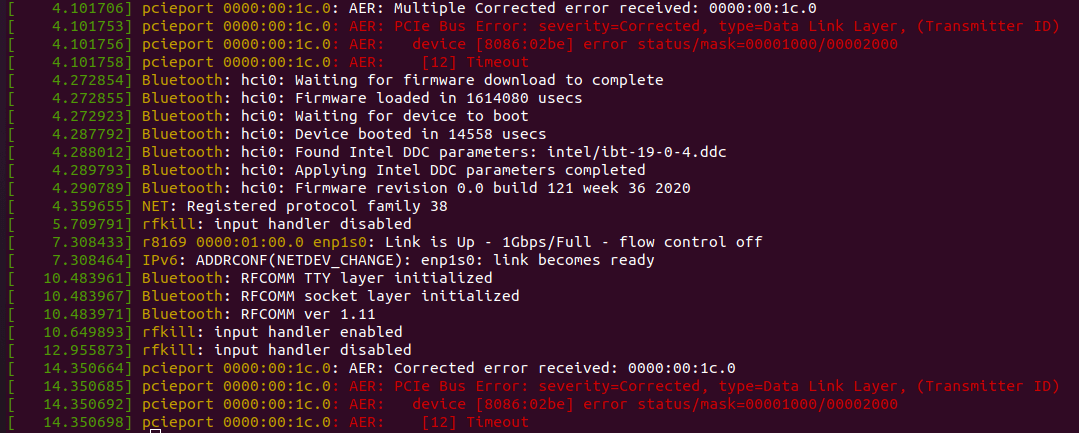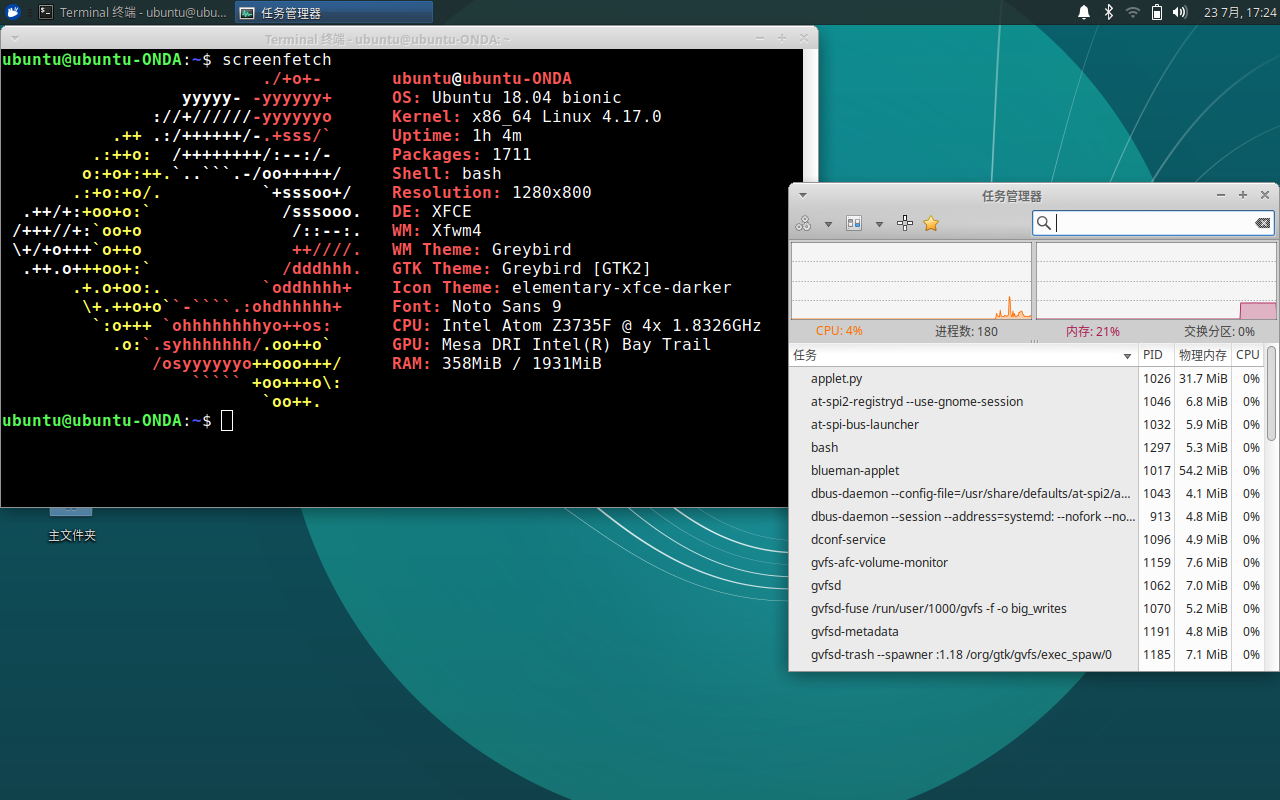

Ubuntu dmesh full#
The buffer it’s reading is full of information, messages the kernel has left. If you’re curious, the man page defines dmesg as:ĭmesg – print or control the kernel ring bufferĪnd, well, that’s what it does. Run by itself, it’ll output a ton of information, so this article will also help you try to make sense of the output. The ‘dmesg’ application stands for ‘diagnostic message’ and prints the ring buffer from the kernel. Future articles will cover ways to read other logs. There are other other error logs, so this is just one way. This will only output the kernel ring buffer. However, a GUI environment is not always an option and you can use ‘ dmesg‘ in a pinch. KSystemLog also shows more than just kernel logs. I previously wrote an article about checking your error logs with KSystemLog and checking the error logs graphically is my preferred way to check for errors. x (decode) option is used to display the facility and level as prefixes of every line in a human-readable format.You can check your kernel logs for errors with dmesg, if you need to. $ sudo dmesg -l debug,noticeĪnother example of combining more than one log level is “err and warn” where it will display error logs and warning logs $ sudo dmesg -level=err,warnĭisplaying dmesg messages for eth0 user interface use grep option followed by eth0 $ sudo dmesg | grep -i eth0įiltering dmesg messages using facility option -f where it will display messages of a particular facility “daemon”. Here we are using “debug and notice” log levels to extract messages. To extract messages with multiple log levels we have to combine two or more log levels. Here we list all the informational messages using level “info” with the dmesg command they will display the notifications which are needed and important.

We use -T (human-readable) option as they display with standard date and time. Messages taking place every minute are marked as seconds and nanoseconds.

In the timestamp, it shows the date and time. $ sudo dmesg -Lĭmesg uses timestamps in seconds and nanoseconds, for human-friendly format use the “H” option for timestamps. To search for a specific log or term of your choice with the help of forward slash “/” to search within less $ sudo dmesg | lessĭmesg gives coloured output by default as shown above but if you want to colourize it for proper understanding of the messages then you can colourize them using the “L” command. While we use the dmesg command it gives large output, we can use tail, head or less command to view the logs page wise.
Ubuntu dmesh how to#

ISRO CS Syllabus for Scientist/Engineer Exam.ISRO CS Original Papers and Official Keys.GATE CS Original Papers and Official Keys.


 0 kommentar(er)
0 kommentar(er)
